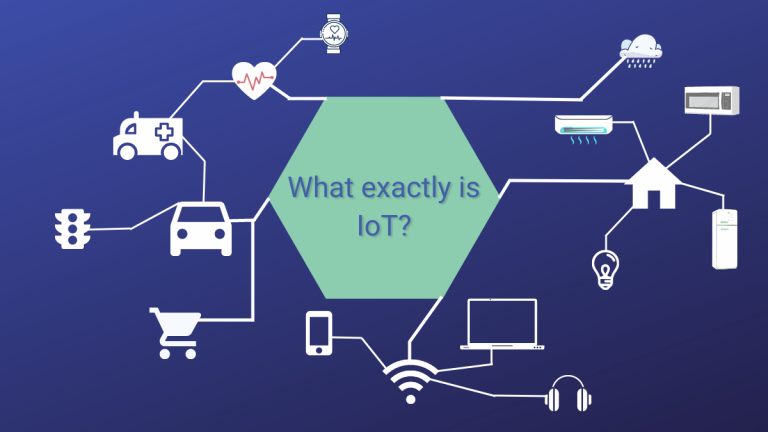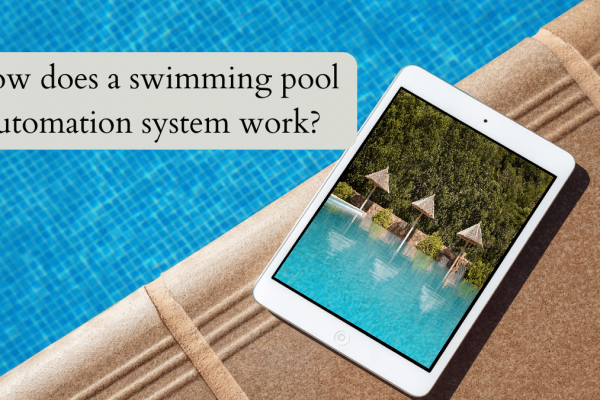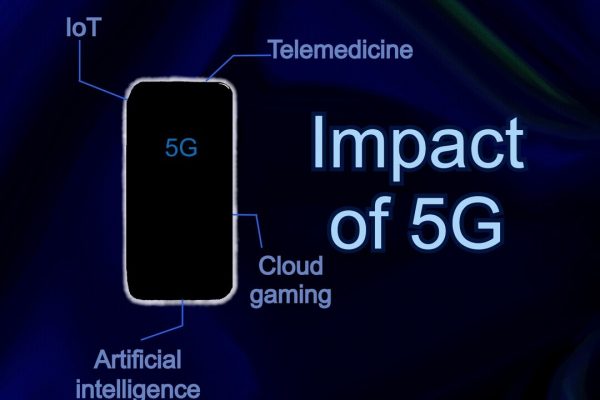IoT or Internet of Things is a set of technologies that aims to connect things or devices to the internet. IoT is a very common and well-known technology and almost everyone has seen at least one IoT device. Everything from your Alexa or Google Home device to a self-driving car is an IoT device. While the term Internet of Things was coined in 1999, it wasn’t really popular until the last decade or so, simply because the technology wasn’t ready.
Connecting devices, controlling them remotely, and collecting data from them has a lot of benefits. For example, consider an F1 Car. A single F1 car can have around 300 sensors, and transmit around 1.5GB data back to the team over a single race. These data help understand tyre degradation, engine health, etc, and help teams make decisions about pit stops and guide their strategies.
And the same thing is being done right now for many connected cars. Car owners can get information about the car’s health, open their doors, or even summon it from its parking spot.
This is just scratching the surface of what IoT can do in the automobile sector. There are many more applications in the automotive sector, and there are a lot of fields other than automobiles in which IoT can create a revolution. From farming to manufacturing, IoT is transforming the global landscape.
What are the different parts of an IoT system?
Typical IoT systems consist of devices(obviously), a physical layer, or a communication medium, the cloud, and the user interface.
Devices in an Internet of Things system
IoT devices include just about all connected devices. It can be something like your smartphone, it can be a self-driving car. These devices can be just a sensor or an actuator along with a transmitter, but it can also include processors. In a sense, these devices are rather a combination of devices rather than a single device. Let me explain.
IoT devices, or devices in a control system for that matter, are generally categorized into sensors and actuators.
Sensors
Sensors are devices that collect data from the environment. It can be the temperature in a room, or the flow rate of a pump or the pH of a swimming pool. These sensors (or transducers), produce an electrical signal corresponding to the data they are collecting. For example, a temperature sensor will produce an electric signal corresponding to the temperature.
An important aspect of these sensors is that they only produce an electric signal. It is the software that actually makes sense of this signal.
Consider the heart rate sensor seen on many smartwatches. An LED light of a specific wavelength shines through the skin, and a sensor produces an electric signal corresponding to the light reflected back. This electric signal is processed to get the reflected light. This data is further processed to monitor the changes in reflected light as the blood pulses under the skin. From this data, the heart rate is measured.
Actuators
In some ways, actuators are the opposite of sensors. When they get an electric signal, they create a change in the environment, for example, a valve is opened, or a door is locked.
Connectivity in an Internet of Things system
The devices in an IoT network are connected to each other through a physical layer or a communication medium such as Bluetooth or WiFi. If you’re developing an IoT system, you have a lot of options when it comes to your communication layer.
There are several factors that need to be considered while choosing a communication layer. The end-user is one of the factors. If you’re developing a product for the general public, for example, a bike renting app, you need to use technology that is available with the general public. If you’re gonna use Zigbee, odds are that most of the smartphones don’t support that. NFC is a good option, but even then not every smartphone or smartwatch has NFC. But if you use Bluetooth to unlock your bikes, that is available on every smartphone and can be accessed by almost everyone.
Then there are recurring costs. Cellular data is highly robust and is available almost everywhere, but you’ll end up paying a recurring fee to the service providers. Another factor is the battery life. While OEMs are trying to pack as many connectivity options as possible into a single smartwatch, battery life will take a serious hit. For rechargeable devices like watches or electric cars, the situation may be ok. But for traffic lights or smart water meters, battery life needs to be taken into account.
Bluetooth
One of the most commonly known connectivity options. It’s available everywhere, and with the new Bluetooth LE or Bluetooth low energy, promises high battery life. Bluetooth is a great option when the range is not a problem. It is commonly used to connect smartwatches to phones and to unlock bikes from bike-sharing companies. It’s also used in smart home devices. Slow data transfer and low range are the common drawbacks. Bluetooth cannot connect directly to the internet though and needs a gateway.
Wifi
WiFi is another popular connectivity protocol. It is much faster and has a longer range than Bluetooth. Wifi is also more battery intensive compared to Bluetooth. It is used commonly in smart home devices because of the widespread presence of Wifi routers in homes. Connect your device to the router and the device can be controlled from anywhere in the world.
Cellular
If not for battery usage or recurring cost, I believe cellular connectivity(3G/4G/5G) may be the best option for consumer IoT. High-speed data transfer, easy or direct internet connection, and no range issues, more or less. But like I said, 4G is a drain on the battery, and users have to pay their service providers for each of their devices.
LoRa/ LoRaWAN
Long Range Wide Area Network or LoRaWAN is an interesting technology used in IoT. Here LoRa is the physical layer and LoRaWAN is the communication protocol. This means that LoRa is like a pen, and LoRaWAN is the language in which you write. It has a range of around 10Kms, which can extend up to 20kms. The system is highly battery efficient and operates in unlicensed spectrum.
But due to government regulations in some countries, they can transmit data only 2 or 3 times a day, and the data packets themself are small, so don’t expect to transfer live feeds or camera recordings. But if you want to transmit small amounts of sensor data for years without worrying about battery life, LoRaWAN is probably your best choice.
NB-IoT
NB-IoT or Narrowband IoT is similar to cellular connectivity and uses a subset of LTE standards. And most devices that support LTE can use narrowband IoT. Like LoRaWAN, NB-IoT also promises long battery life, up to 10 years for certain use cases. NB-IoT coverage is generally provided by cell service providers. And the system doesn’t need a gateway. Recurring costs would be a drawback for using NB-IoT.
IoT Gateway
IoT gateway comes in between the sensors and the cloud. This is where the sensor data from all the sensors come together before being connected to the internet and to the cloud. IoT gateways play a huge role in making the entire network work smoothly.
IoT gateway as a bridge between different technologies
Different sensors in an IoT network use different protocols or technologies to communicate. An IoT gateway acts as a bridge between these different technologies so that they can all talk to each other in a language that works for them, but still understand each other. The Internet of Things devices send their data to the IoT gateway with any of the above communication media, and the gateway then connects them to the internet.
Filtering data at an IoT gateway
When there are a large number of sensors, it creates a huge amount of data to be analysed or stored. IoT Gateways filter out the irrelevant data and send the relevant data to the cloud.
For example, a sensor measuring the temperature of equipment may collect the data every second or so. This may not be actually relevant. Sometimes the temperature readings may not be needed at all until the values go over a threshold. So the IoT gateway collects this data, pre-processes and filters it a bit. The IoT gateway then sends the data every minute or every 15 minutes, or when the temperature exceeds a set value.
This whole process reduces the amount of data to be sent to the cloud and the latency of the system.
Besides this, an IoT gateway improves the security and increases the battery life of the sensors.
Data storage and processing: the third part of an IoT system
All the data from the different sensors after being filtered through an IoT gateway reaches the cloud. The cloud can be pictured as and is essentially a set of computers. Here the data is processed to gain insights and to make decisions. For example, the fitness data collected by your smartwatch is processed in the cloud to get insights. The amount of processing that takes place on the device and the cloud vary from application to application.
Once the data is collected in the cloud it can be accessed easily by the users.
The final part of an internet of things system: the user interface
The user-interface is either an Android or iOS app or a web app. Here the data from the system is presented in a user-friendly manner. And the user can control the different actuators in the IoT system through the interface.




